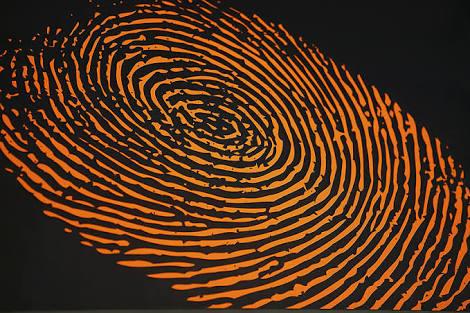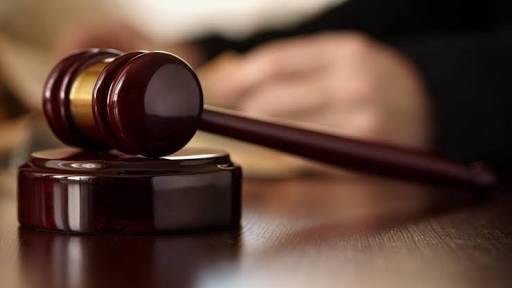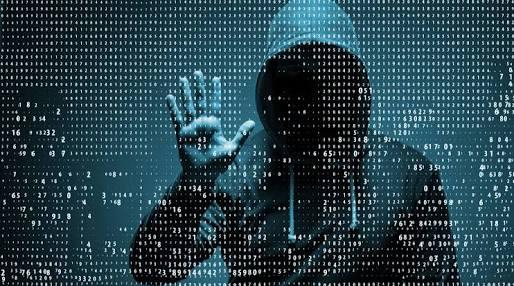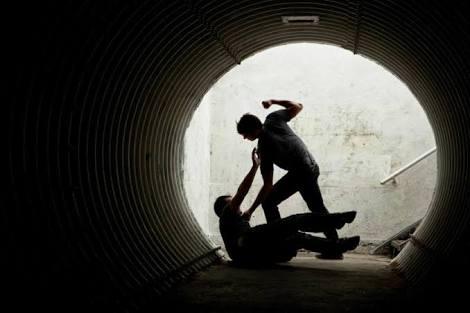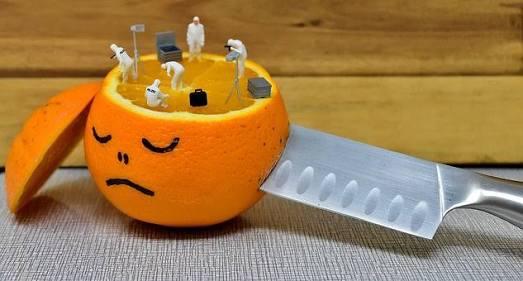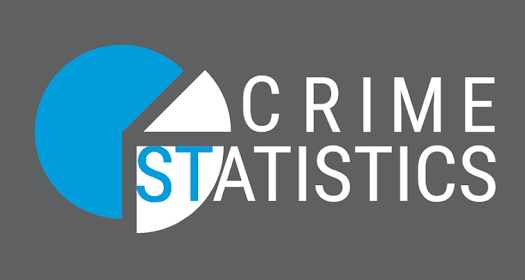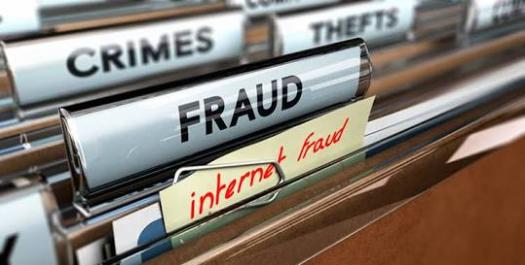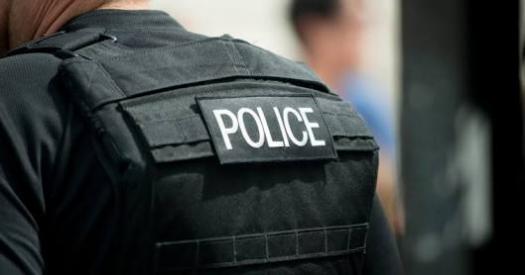How Quickly Can You Solve Crime?

Crime is always a problem that all hands must be on deck for. It is an act generally agreed to be unacceptable or unlawful. Nipping criminal acts in the bud is the work of law enforcement agencies. These agencies are trained to investigate and prosecute all criminals. Confirm you high intelligence by taking these questions about crime.
- 1.
From what language was the word "crime" developed?
- A.
Spanish
- B.
Latin
- C.
French
- D.
Russian
Correct Answer
B. LatinExplanation
The word "crime" was developed from the Latin language. Latin has had a significant influence on many modern languages, including Spanish, French, and Russian. The word "crime" itself has its roots in the Latin word "crimen," which means "judgment" or "offense." Latin was the language of the Roman Empire and has had a lasting impact on the development of Western languages.Rate this question:
-
- 2.
When was the Prevention of Crimes Act passed in England and Wales?
- A.
1871
- B.
1891
- C.
1809
- D.
1898
Correct Answer
A. 1871Explanation
The Prevention of Crimes Act was passed in England and Wales in 1871.Rate this question:
-
- 3.
What is the imitating of documents to deceive the public or authority called?
- A.
Corruption
- B.
Murder
- C.
Forgery
- D.
Bribery
Correct Answer
C. ForgeryExplanation
Forgery is the act of imitating or creating false documents with the intention to deceive the public or authority. It involves the creation or alteration of documents such as signatures, contracts, or identification cards, with the purpose of gaining an unfair advantage or committing fraud. Corruption refers to dishonest or unethical conduct by individuals in positions of power, murder is the act of unlawfully killing another person, and bribery involves offering or accepting money or gifts in exchange for favors. Therefore, forgery is the most appropriate term to describe the act of imitating documents to deceive the public or authority.Rate this question:
-
- 4.
When was the Forgery of Foreign Bills Act 1803 repealed in Scotland?
- A.
2013
- B.
2012
- C.
2017
- D.
2015
Correct Answer
A. 2013Explanation
The Forgery of Foreign Bills Act 1803 was repealed in Scotland in 2013.Rate this question:
-
- 5.
Which of these sections of the Canadian Criminal Code does not focus forgery?
- A.
Section 368
- B.
Section 361
- C.
Section 367
- D.
Section 366
Correct Answer
B. Section 361Explanation
Section 361 of the Canadian Criminal Code does not focus on forgery. This section specifically deals with the offense of obstructing a peace officer. It outlines the penalties for intentionally obstructing, hindering, or resisting a peace officer in the execution of their duties. This offense is separate from forgery, which involves creating or altering a document with the intention to deceive or defraud others.Rate this question:
-
- 6.
Which of these is not a predictor of juvenile delinquency ?
- A.
Authoritarian parenting
- B.
Permissive parenting
- C.
Neglect
- D.
Violence
Correct Answer
D. ViolenceExplanation
The question asks for a predictor of juvenile delinquency, and the correct answer is violence. This means that violence is not a predictor of juvenile delinquency. In other words, the presence of violence is not indicative of a higher likelihood of juveniles engaging in delinquent behavior.Rate this question:
-
- 7.
What criminal theory stresses that an individual is totally responsible for his crime?
- A.
Community theory
- B.
Strain theory
- C.
Theory of differential association
- D.
Rational choice theory
Correct Answer
A. Community theory -
- 8.
Which of these is not a means of controlling juvenile delinquency?
- A.
Indirect control
- B.
Physical control
- C.
Internal control
- D.
Direct control
Correct Answer
B. Physical controlExplanation
Physical control is not a means of controlling juvenile delinquency because it refers to the use of physical force or restraint to control behavior, which can be harmful and ineffective in addressing the root causes of delinquency. Instead, effective strategies for controlling juvenile delinquency focus on indirect control (such as prevention programs and community support), internal control (such as promoting positive values and self-discipline), and direct control (such as appropriate legal consequences and interventions).Rate this question:
-
- 9.
In what year did Netherlands legalize prostitution?
- A.
1992
- B.
1993
- C.
1997
- D.
1999
Correct Answer
D. 1999Explanation
In 1999, the Netherlands legalized prostitution. This means that engaging in prostitution and running brothels became legal activities in the country. This decision was made in order to regulate and control the industry, ensuring the safety and well-being of sex workers. Legalization also aimed to combat human trafficking and reduce the involvement of organized crime in the sex trade. By legalizing prostitution, the Netherlands became one of the few countries in the world to adopt such a progressive approach towards the industry.Rate this question:
-
- 10.
Which of these chemical substances is outlawed in most African countries?
- A.
Postinor
- B.
Steroids
- C.
Aspirin
- D.
Cocaine
Correct Answer
D. CocaineExplanation
Cocaine is the correct answer because it is a highly addictive stimulant drug that is illegal in most African countries. It is banned due to its harmful effects on individuals and society, including health risks, violence, and organized crime. The production, distribution, and use of cocaine are strictly regulated and prohibited in order to protect public health and safety.Rate this question:
-
Quiz Review Timeline +
Our quizzes are rigorously reviewed, monitored and continuously updated by our expert board to maintain accuracy, relevance, and timeliness.
-
Current Version
-
Mar 21, 2023Quiz Edited by
ProProfs Editorial Team -
Jul 16, 2018Quiz Created by
Tunde1995
 Back to top
Back to top





